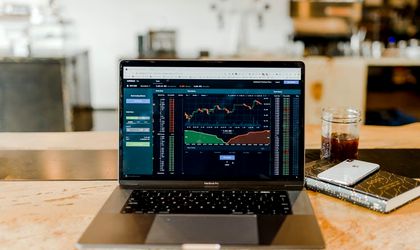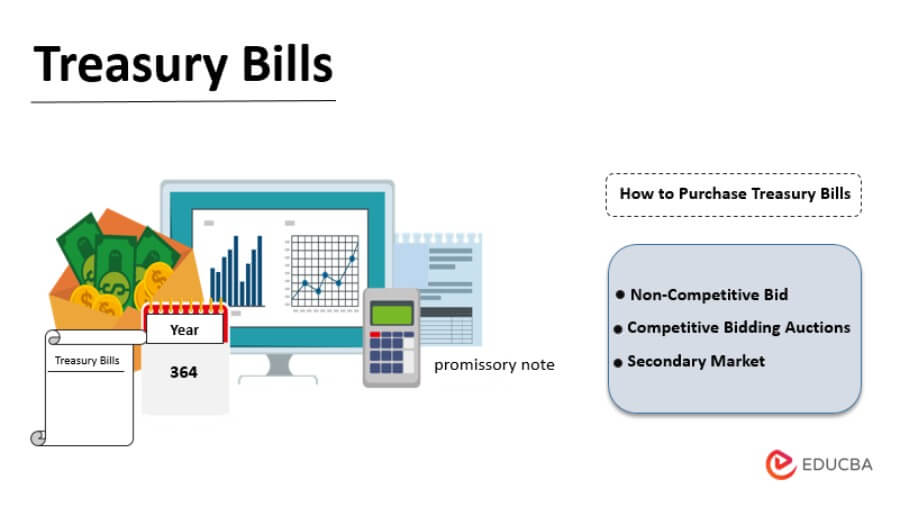
Forex trading tools can be used by traders to make trading easier and more efficient. These tools tell them how the market is moving, how traders are feeling about it, and who is trading what. These tools also allow them to see how they can improve their trading strategies. They help traders avoid making costly mistakes. These tools can be used by anyone, novice or experienced trader.
A forex economic calendar is a tool that traders can use to identify and predict major events, and what they might mean for the market. This tool is also useful for predicting volatility. It lists market events throughout the week and shows the most vulnerable currencies. It can be used to help traders generate trading ideas.
A time zone converter is another important tool. This tool allows market participants the ability to convert time between different time zones. This can be useful for predicting volatility. Open European markets tend to make the market more volatile. Time zones can also impact the exchange rate for currency pairs. This tool can be useful for planning leveraged trading.

Forex indicators allow traders to determine when the market's overbought/oversold levels. They also indicate when a trend might be breaking. These tools help traders decide when to enter and exit trades.
Traders can keep track of trades in trading journals. These journals can either be kept in a notebook of Excel. These journals can contain positive statistics such as winning trades and negative statistics such losing trades. Traders can see which strategies are most profitable and which ones are not. This information can be used to help traders eliminate strategies that aren't profitable and improve their trades.
A Forex sentiment widget uses machine learning technology to provide intuitive insights. It draws on millions of news articles to give traders a wealth information about market sentiment. It is a part of the Premium Analytics portal.
A Forex heatmap is another useful tool. This tool shows the currency pairs in the Forex market and helps traders visualize the scale of movement. Heat maps are useful for identifying new trading concepts.

This tool can help traders identify the currencies that have the highest payout potential. This tool can help you determine which currency pairs have the highest and lowest potential losses. This is useful for traders who wish to ride a trend in one direction.
The currency correlation matrix aids traders in understanding the relationship between currency pairs in the market. It can be used to help traders identify the currency pair that is most volatile or has the highest potential for losses.
Profit calculator is another tool that can be used to aid traders. A profit calculator is a tool that traders can use to determine how much potential gain or loss they can expect from a currency pair. This calculator can help traders decide the best risk/reward ratio to use in their trading strategy.
FAQ
How do people lose money on the stock market?
Stock market is not a place to make money buying high and selling low. It's a place where you lose money by buying high and selling low.
The stock exchange is a great place to invest if you are open to taking on risks. They would like to purchase stocks at low prices, and then sell them at higher prices.
They believe they will gain from the market's volatility. They could lose their entire investment if they fail to be vigilant.
What is security?
Security is an asset that produces income for its owner. Shares in companies are the most popular type of security.
A company may issue different types of securities such as bonds, preferred stocks, and common stocks.
The earnings per share (EPS), and the dividends paid by the company determine the value of a share.
When you buy a share, you own part of the business and have a claim on future profits. You receive money from the company if the dividend is paid.
You can sell shares at any moment.
How are securities traded?
The stock market lets investors purchase shares of companies for cash. Companies issue shares to raise capital by selling them to investors. Investors then sell these shares back to the company when they decide to profit from owning the company's assets.
The supply and demand factors determine the stock market price. The price rises if there is less demand than buyers. If there are more buyers than seller, the prices fall.
There are two options for trading stocks.
-
Directly from company
-
Through a broker
Statistics
- US resident who opens a new IBKR Pro individual or joint account receives a 0.25% rate reduction on margin loans. (nerdwallet.com)
- Even if you find talent for trading stocks, allocating more than 10% of your portfolio to an individual stock can expose your savings to too much volatility. (nerdwallet.com)
- Ratchet down that 10% if you don't yet have a healthy emergency fund and 10% to 15% of your income funneled into a retirement savings account. (nerdwallet.com)
- Our focus on Main Street investors reflects the fact that American households own $38 trillion worth of equities, more than 59 percent of the U.S. equity market either directly or indirectly through mutual funds, retirement accounts, and other investments. (sec.gov)
External Links
How To
How to make a trading plan
A trading plan helps you manage your money effectively. It helps you identify your financial goals and how much you have.
Before setting up a trading plan, you should consider what you want to achieve. You may want to save money or earn interest. Or, you might just wish to spend less. You might want to invest your money in shares and bonds if it's saving you money. You can save interest by buying a house or opening a savings account. If you are looking to spend less, you might be tempted to take a vacation or purchase something for yourself.
Once you decide what you want to do, you'll need a starting point. This depends on where you live and whether you have any debts or loans. You also need to consider how much you earn every month (or week). The amount you take home after tax is called your income.
Next, save enough money for your expenses. These expenses include bills, rent and food as well as travel costs. All these things add up to your total monthly expenditure.
The last thing you need to do is figure out your net disposable income at the end. This is your net income.
Now you've got everything you need to work out how to use your money most efficiently.
You can download one from the internet to get started with a basic trading plan. Or ask someone who knows about investing to show you how to build one.
Here's an example of a simple Excel spreadsheet that you can open in Microsoft Excel.
This will show all of your income and expenses so far. This includes your current bank balance, as well an investment portfolio.
And here's another example. A financial planner has designed this one.
It will let you know how to calculate how much risk to take.
Don't attempt to predict the past. Instead, be focused on today's money management.